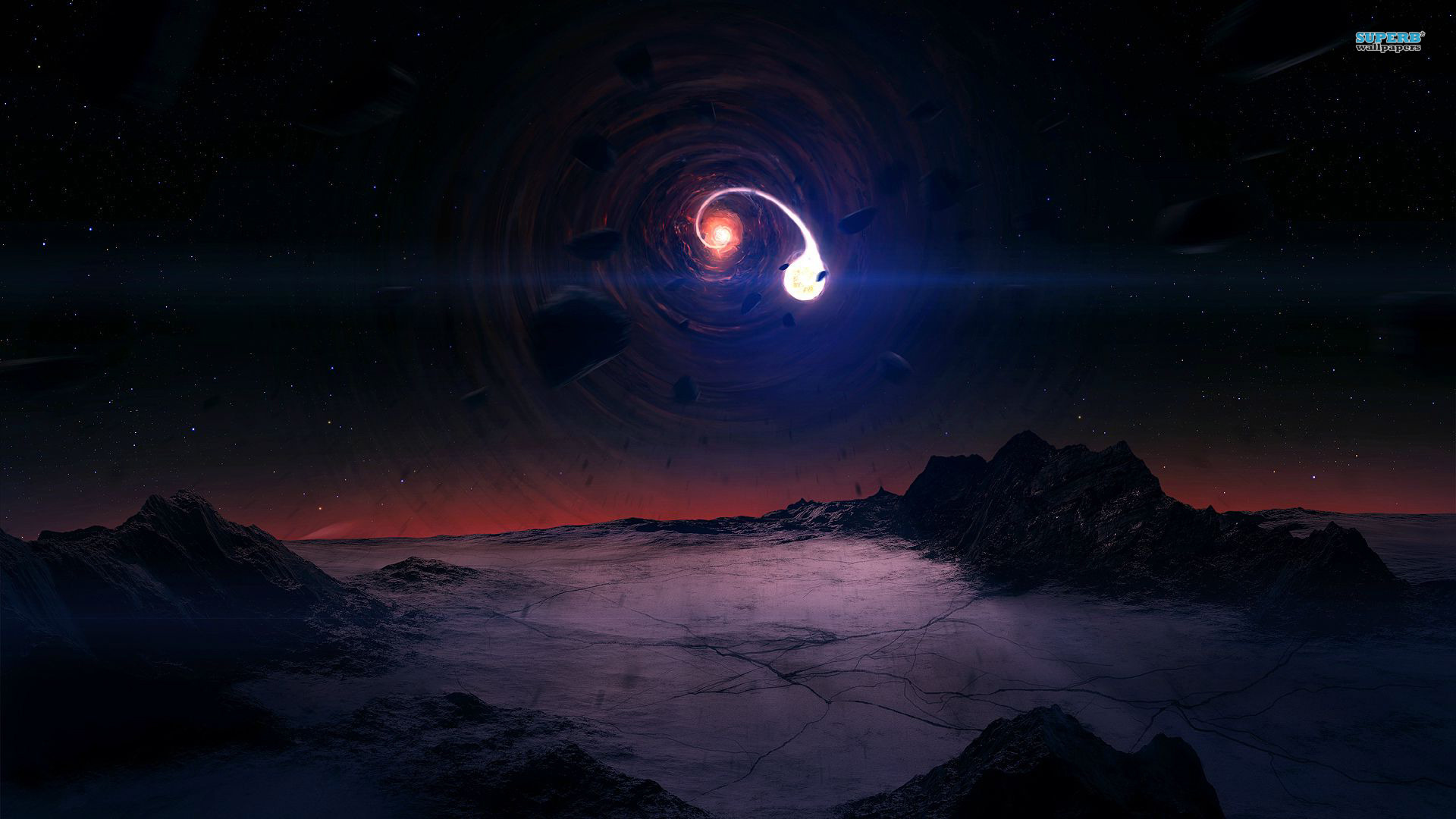
But a subsequent analysis determined that there was only an 87% probability of this event being from a black hole merger -too low a number to claim detection. For example, the LIGO detectors picked up a promising event (LVT151012) in October of 2015. The rest of the mergers contribute to a large number of subthreshold events-some barely distinguishable from noise in the detectors, others almost at the level of a real event. The detections have also been used to infer the merger rate of black holes and neutron stars throughout the Universe.Īt their current sensitivities, the LIGO and Virgo detectors can only detect a tiny fraction of the mergers in the Universe with high significance. By comparing the gravitational-wave signals from these events to predictions based on Einstein’s theory of gravity, the researchers inferred the masses, spins, and sky location of the sources. The five black hole mergers and the neutron star merger reported to date all fall into this category.

The LIGO and Virgo teams consider a signal “significant” if, upon analysis, it has a greater than 99.99% probability of being of astrophysical origin. The US-based LIGO is comprised of two such interferometers separated by 3000 km, while Virgo has one interferometer in Italy.

A passing gravitational wave effectively wiggles the mirrors back and forth, producing an oscillating signal that lasts a fraction of a second for black hole mergers and up to a few minutes for neutron star mergers. LIGO and Virgo detect gravitational waves by looking for minute changes in the distance between mirrors on either end of kilometer-scale laser interferometers. The proposed technique, from Rory Smith and Eric Thrane of Monash University in Australia, will allow us to detect the background “rumble” of distant mergers far sooner than we would using traditional methods. A new paper explains how best to combine the signals from the multitude of less prominent merger events to reveal information about the Universe’s entire black hole binary population. Yet only a few of these mergers are sufficiently close by to produce “gold-plated” detections. For neutron star binaries, mergers occur every 15 seconds or so.

Estimates suggest that a pair of stellar-mass black holes, like the ones LIGO and Virgo observed, merge somewhere in the Universe every few minutes. But these detected events are just the tip of the iceberg. To date, the teams behind these detections-the Laser Interferometer Gravitational-Wave Observatory (LIGO) and Virgo collaborations-have observed waves from a handful of black hole mergers and one binary neutron star merger. The recent detection of gravitational waves from outer space has ushered in a new era of astronomy. Smith and Thrane have proposed a new analysis technique that would allow researchers to assess this gravitational-wave background much more rapidly. The background from weaker signals, however, provides information about the entire black hole population. APS/ Alan Stonebraker Figure 1: The majority of black hole mergers are too far away to create a significant signal in gravitational-wave detectors.


 0 kommentar(er)
0 kommentar(er)
